5 must-have healthcare gadgets to keep at home and handbag
Our health and wellbeing are forgotten more often than they should be due to our extremely busy schedules or other reasons. No one wishes to have an unforeseen sickness all of a sudden; however, before you become sick, there are certain symptoms you have before proceeding to the clinic. What if there are simple go-to healthcare gadgets that can detect some of these symptoms before having the sickness.
Technology is shaping the future of healthcare in front of our eyes with digital healthcare technologies such as VR/AR, 3D printing, artificial intelligence, nanotechnology, robotics, telehealth and more. In contrast, healthcare gadgets are small tools used at home or on the go for your convenience. These gadgets could safeguard your safety with alerts on medication, flags and reminders, consultation and diagnosis reports.
Thanks to this evolving technology, it can help bridge that gap in what are often our extremely busy lives. Some health gadgets prove highly useful in easily monitoring the health of your loved one and preventing medical emergencies. It is suggested to stock up your home with some medical equipment that is easy to merge into your everyday life.
Here are 5 important medical devices and gadgets and their uses that you should have at home.
Contactless Infrared Thermometer
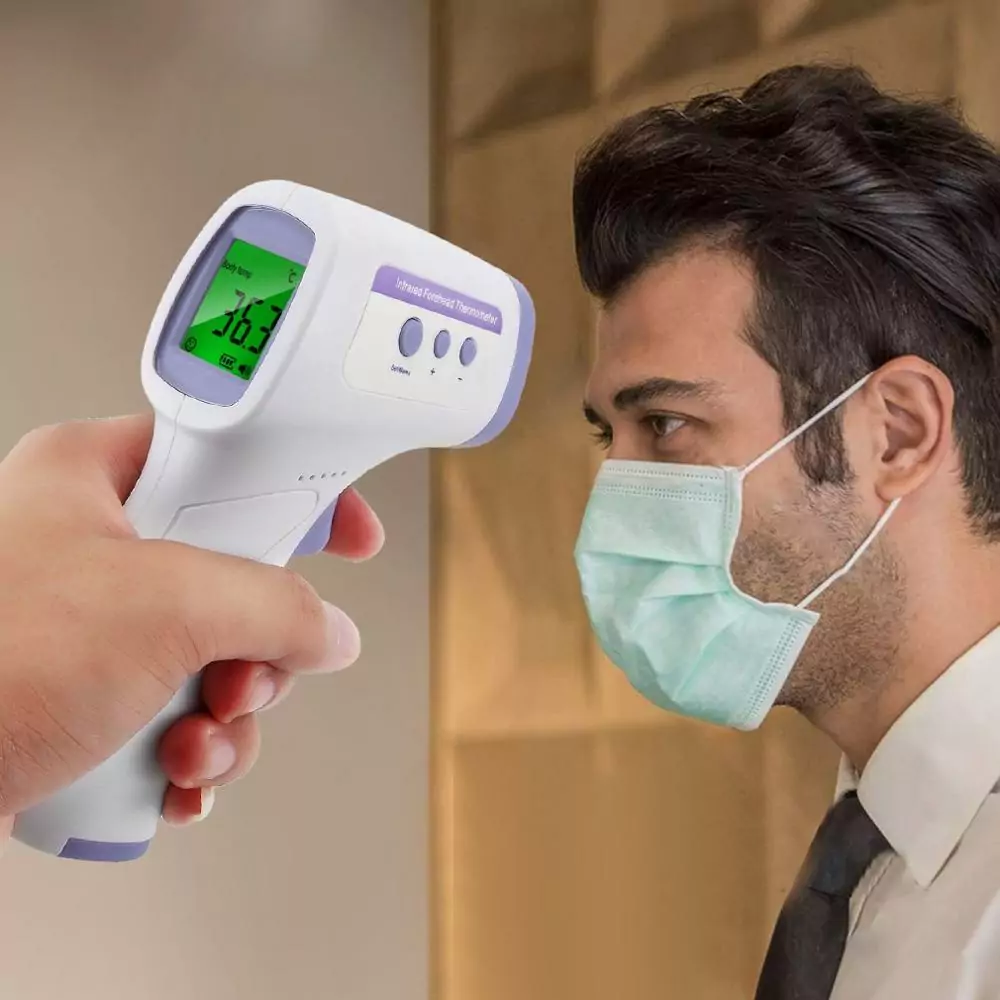
contactless infrared thermometer
A contactless thermometer is a must for every household. It could help you check fever without direct contact with the skin. It measures body temperature from a distance of around 2-inch without touching the body. You can take your child or patient temperature without waking them up. It accurately tells you if anyone’s body temperature is higher or lower than the normal range. You can launch the device by connecting it with your smartphone via Wifi or Bluetooth and synchronizing it with an accompanying app.
Respiratory monitor
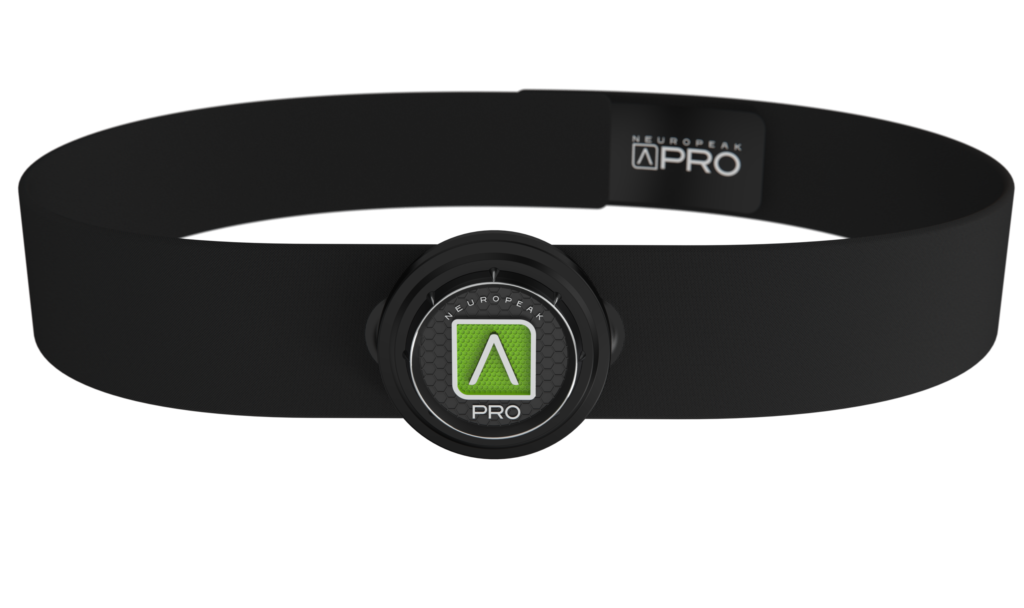
Respiratory monitor Neuropeak Badge
A respiratory monitor uses airflow detection to measure your pulse rate, respiration rate, oxygen absorption, heart rate variability, level of relaxation, stress and more. You have to place your finger on the gadget, which detects heartbeat and other biometrics; it can also come as a wearable device with a sensor attached to the skin. The data is transmitted to a synchronized app, analyzed, and presented on your smart device. The device would trigger alarm functions for drug uptake, contact a general practitioner for an appointment, or call emergency services.
The device is seamless to the patient requiring no management or interaction to enable its continuous monitoring of lung performance and other related health indicators.
Some recommended respiratory monitors are Tinke, Respira, Sylvee, Resmetrix
Glucometer
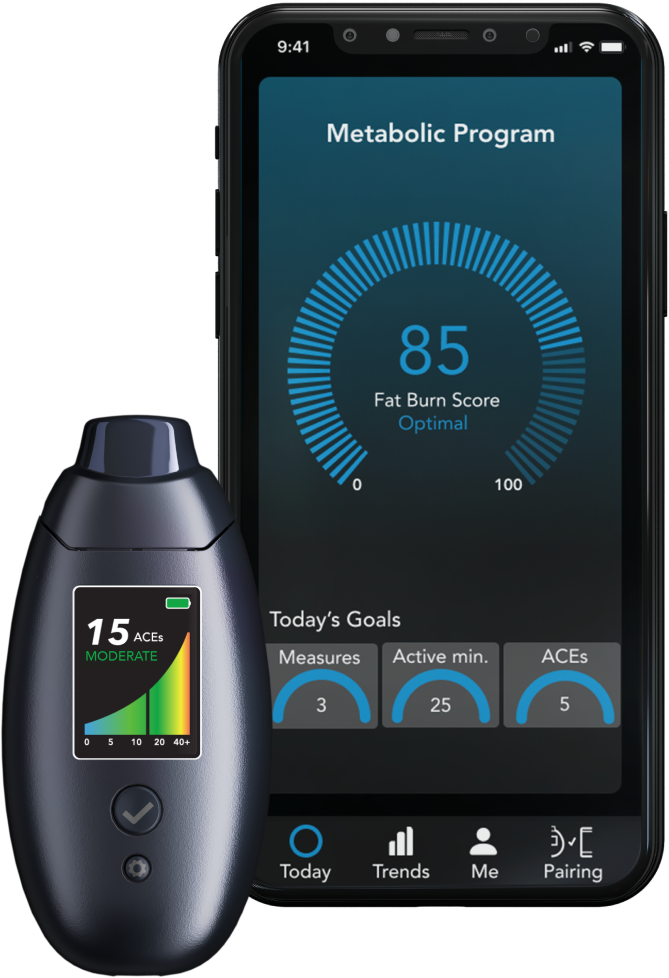
Glucometer monitor
A glucose checker is among the most beneficial medical gadget to have at home. It measures a person’s blood sugar levels. It is launched by pairing the device with your mobile Bluetooth and a smartphone app. Then, you must insert a blood test tape into the device and use the lancer to extract a tiny blood sample, there are other glucometers that do not require finger-prick blood samples. Instead, the meter reads glucose from interstitial fluids under the skin. The data is transmitted to the mobile app that processes the data and interprets the overall sugar level and insulin dosage provision.
For the interstitial glucometer, a small sensor is implanted in your skin along with a transmitter applied to your upper arm, it measures your interstitial fluids every 5 minutes and sends the results to your smart devices.
The medical gadget comes with an alarm to alert you when your blood sugar is too low or too high and help doctors determine what further treatments you may need. Some recommended glucometers are Freestyle Libre, Eversense, GlucoTrack, Dexcom G6 CGM, Guardian connect system, and D-Base.
Asthma monitor
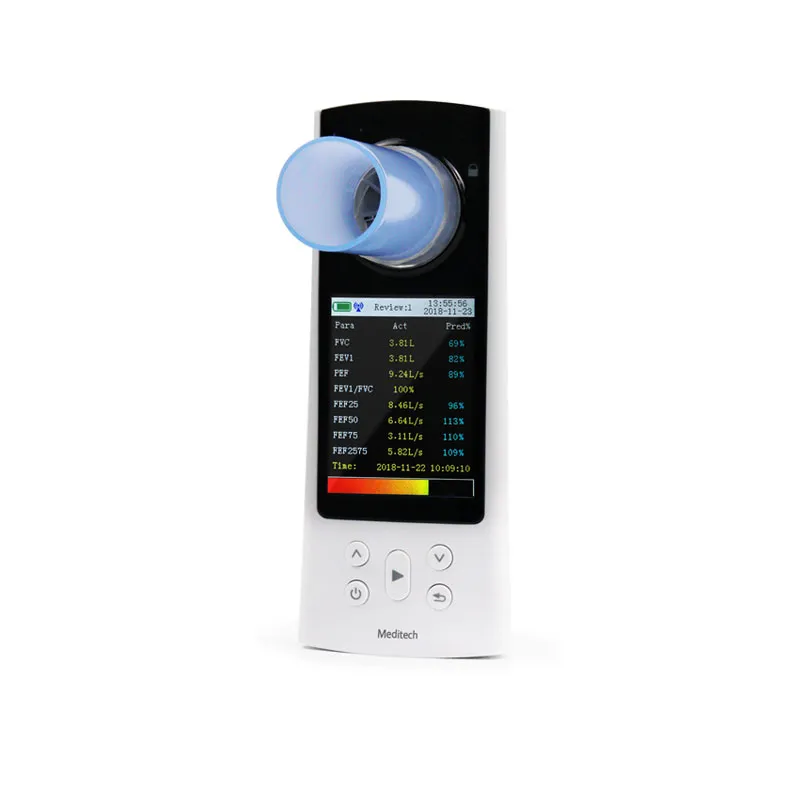
Asthma monitor – healthcare gadget
Most asthmatic people tend to forget to take their medicine unless they are experiencing an attack and need immediate relief. Asthma monitor technology seeks to solve that problem with few innovations; it reminds you when it’s time to take the recommended dose and measures the maximum rate of airflow out of your lungs during exhalation. An asthma monitor can act as a wheezing detector that captures your breathing pattern as well as the zipping of air as you breathe to determine if you are having an attack.
To launch the gadgets, you will put the device to your windpipe for at least 30 seconds to record your airway sound, then you have to synchronize it with an app or connect it with phone Bluetooth that presents the recorded sounds as visual data for an expert to interpret.
Some recommended Asthma monitor gadgets are MySpiroo, Airsonea, ADAMM, WheezeScan, and Wing Digital Lung Function Monitor.
ECG Monitor
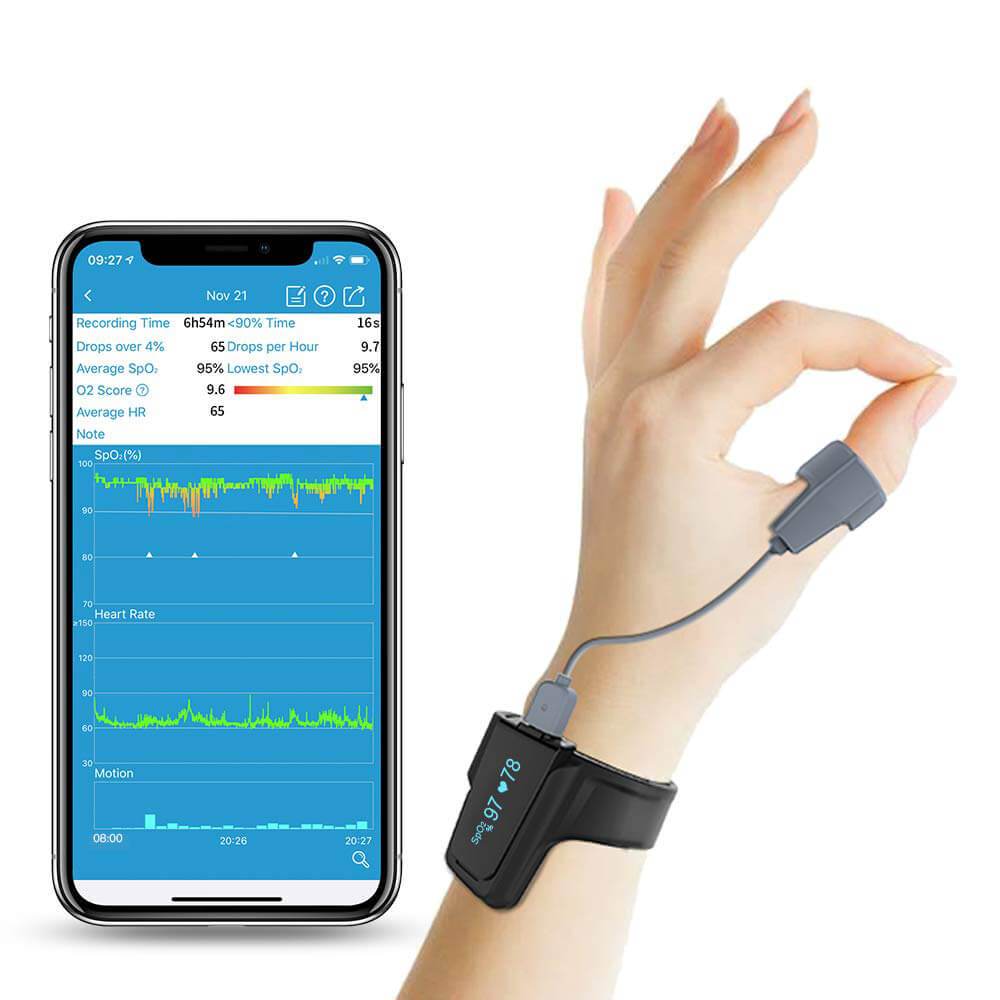
Electrocardiogram monitor
An Electrocardiogram (ECG) is a simple test that can check your heart’s rhythm and electrical activity. It is a common and painless test used to quickly detect heart problems and monitor the heart’s health. It comes with a sensor you can use with or without a smartphone. The sensors are attached to the skin and are used to detect the electrical signals produced by your heart each time it beats. The device can be useful in detecting artificial fibrillation, bradycardia and tachycardia. It can measure your ECG from 30 seconds to 15 minutes. You can also synchronize it to a smartphone app with Bluetooth to view your data, where you can store, record, print and share heart health data or ECG readings with your doctor. Some recommended ECGs are AliveCor, Apple watch series 7, Omron KardiaMobile EKG, and Wellue Portable EKG Monitor.
Why should you stop your busy daily schedule to attend to sickness when you can detect the symptoms before it becomes an illness? All essential health gadgets listed are at-home and work gadgets that are usually comfortable, portable and easy to carry around. You need only a smart device- a phone, smartwatch or laptop to interpret the data you can show your medical consultant. However, always go to your doctor if you are diagnosed with a disease or a condition yet to be identified, as these gadgets are for self-awareness. They serve as an early warning to take a step to relieve the symptoms before they become life-threatening.